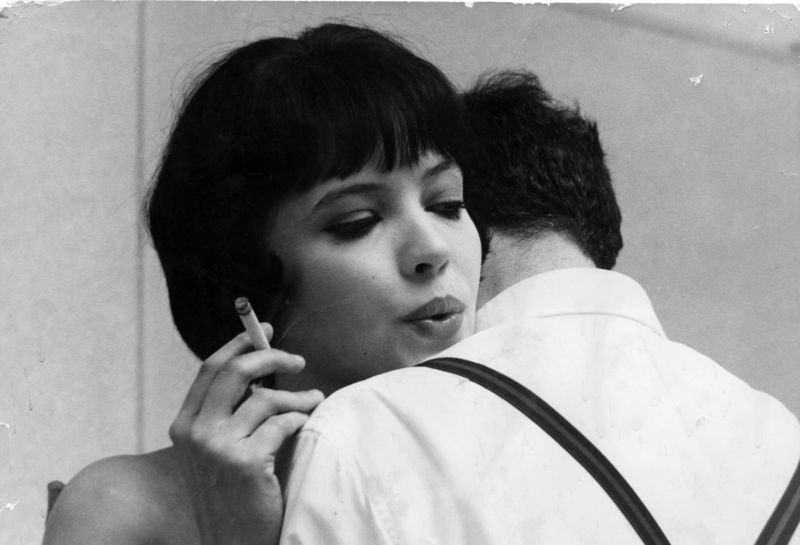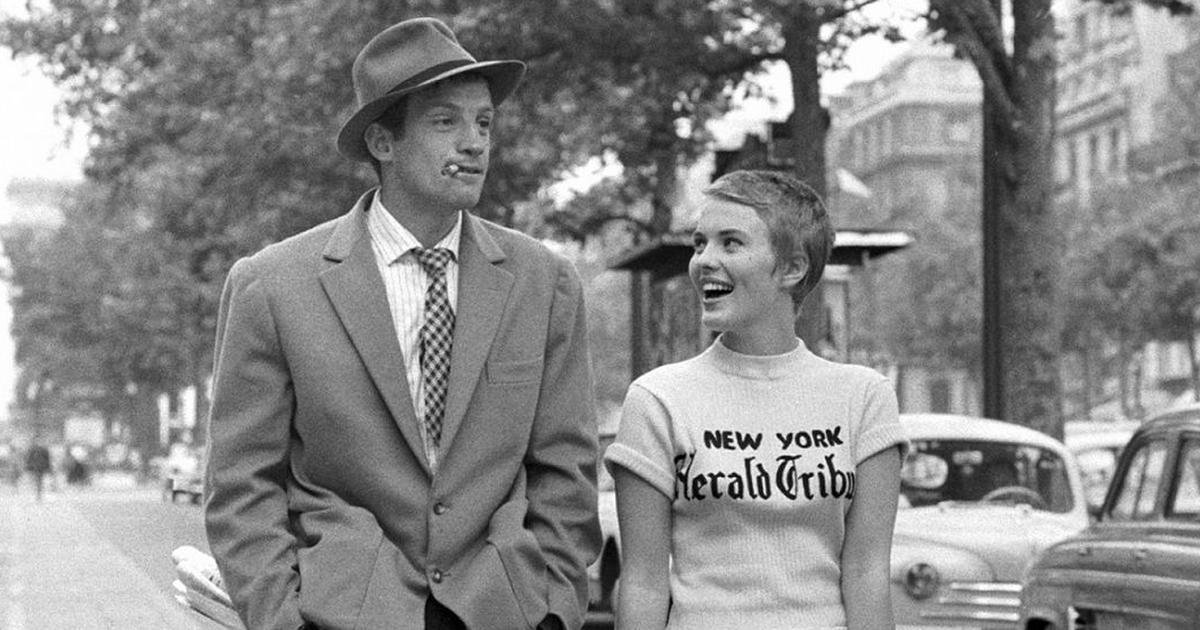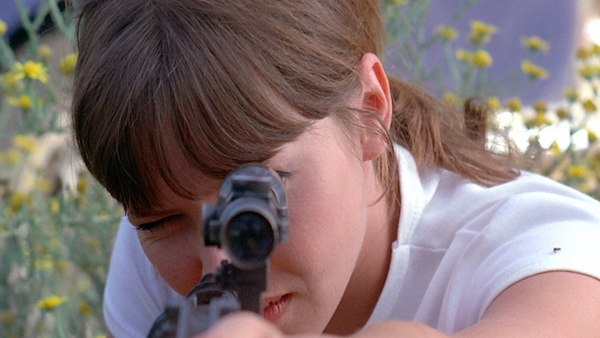Jean-Luc Godard Passes at 91: How French New Wave Shaped Cinema
Jean-Luc Godard, one of modern-day cinema’s most innovative filmmakers, has died this month at the age of 91. His creativeness and artistic drive deemed him as a pioneer of “French New Wave” cinema, which revolutionized the film industry. This movement inspired the likes of Scorsese, Tarantino, and Gerwig to name a few. But what exactly is the French New Wave, and how did it change cinema?
History
By definition, French New Wave cinema was a film movement that began in the late 1950s that rejected the use of traditional filmmaking. The movement slowly followed the end of World War II after many American films were banned in Europe by Germany and labeled as propaganda.
Filmmakers such as Jean-Luc Godard, Francois Truffaut, and Louis Malle, were the creators of this movement, but first began as film critics, writing for a popular French movie magazine called Cahiers du cinema. They were critical of the repetitiveness of the traditional style films being produced, so they decided to reinvent cinema, changing film forever.
Source: BBC
Techniques
French New Wave was about art, self-expression, and camera experimentation. This permitted directors to establish their own style of filmmaking, to distinguish themselves as individuals.
During this time, different camera techniques were attempted to test how scenes could be presented. This included the camera’s position, scene editing, and continuous scenes. This allowed directors to get intimate with the characters, and to show audiences something new.
Jump cuts were incorporated into the editing of these films, which abruptly transitioned from one scene to another. Handheld cameras also became a new way of filming, to get a shot that seemed more natural for the viewer.
Extreme low budgeting and limited resources led filmmakers to on-site filming locations instead of the typical studio sets. From there, directors would now have to work around different types of lighting situations, such as filming outdoors, in a home, or at a coffee shop. This would force filmmakers to construct scenes that were realistic and spontaneous, which they used to their advantage.
Realism
Realism is creating the illusion of reality in film, which was crucial to French New Wave films. This meant portraying the real world, real people, and real situations.
Godard criticized other French filmmakers around this time for their lack of realism in film. He wanted people and things shown in film as they were, and not dramatic performances. This led to films such as Godard’s classic 1960 “Breathless”, which became the face of French New Wave films because of its use of realism and camera techniques.
The film was shot without sound and had no script, and the audio was dubbed in post-production. Godard was said to have called out the lines to the actors that would then repeat the lines back to understand how to react in the scene and have the mouth movements.
Source: YouTube
Without Godard’s willingness and passion to transform the world of film, we would not have the movies we love today. His part in the French New Wave movement allowed directors all over the world to push the boundaries of movie making which have resulted in film being something we can all share countless memories over that will stay with us forever.





